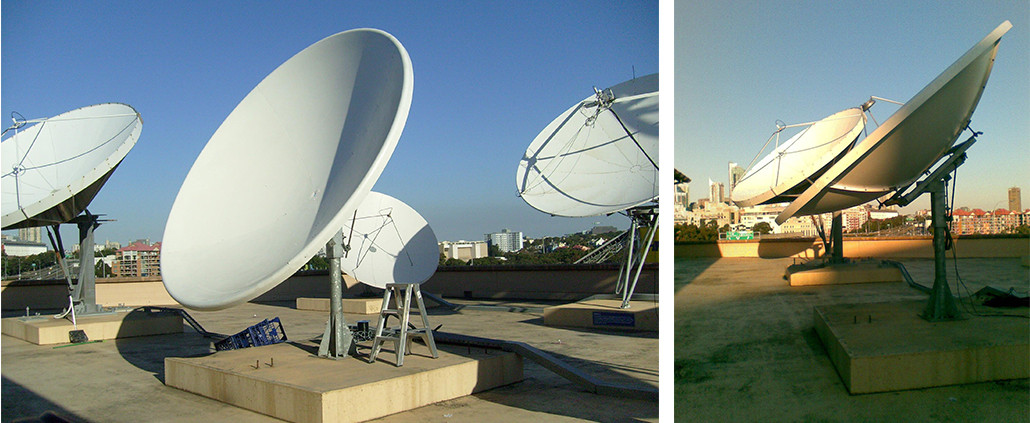

Most High Throughput Satellites (HTS) operating in the Ka-band typically fall within the following Ka-bands: 27.5 – 31 GHz (uplink) and 17.7 – 21.2 GHz (downlink), for a 3.5 GHz bandwidth. However, the susceptibility of Ka-band frequencies to rain attenuation is a notable drawback.

The band’s smaller wavelength leads to a lower size for the required communication components for signal transmission. It is also common to refer to the transmitter and receiver collectively as a transponder. The higher Effective Isotropic Radiated Power (EIRP) at the beam center helps in increasing the data throughput and frequency reuse. Ka-band transceivers, transmitters, and receivers provide high data throughput and bandwidth due to their operation in this Ka-band part of the frequency spectrum. The Ka-band spectrum is widely used for broadband data communications, mobile phone and data applications, and direct-to-home (DTH) broadcasting. This is double the bandwidth of the Ku band and five times that of the C band. Specifically, the frequency range of the Ka-band, as defined by the IEEE system, is from 26 to 40 GHz, with a wavelength of 1.6 cm to 750 mm. A fair access policy is implemented by operators to manage and control bandwidth usage. The Institute of Electrical and Electronics Engineers (IEEE) designates bands in this range with a variety of letters that are, in order of increasing frequency L, S, C, X, Ku, Ka, and V. Systems can exchange data in a wide variety of bands, with typical frequency bands for satellite communication in the very high-frequency bandwidth of 1–50 gigahertz (GHz). Satellite technologies are increasingly being used for remote sensing, navigation, and geo-positioning, telecommunication, and television applications. How Ka-band transceivers, transmitters, and receivers work


 0 kommentar(er)
0 kommentar(er)
